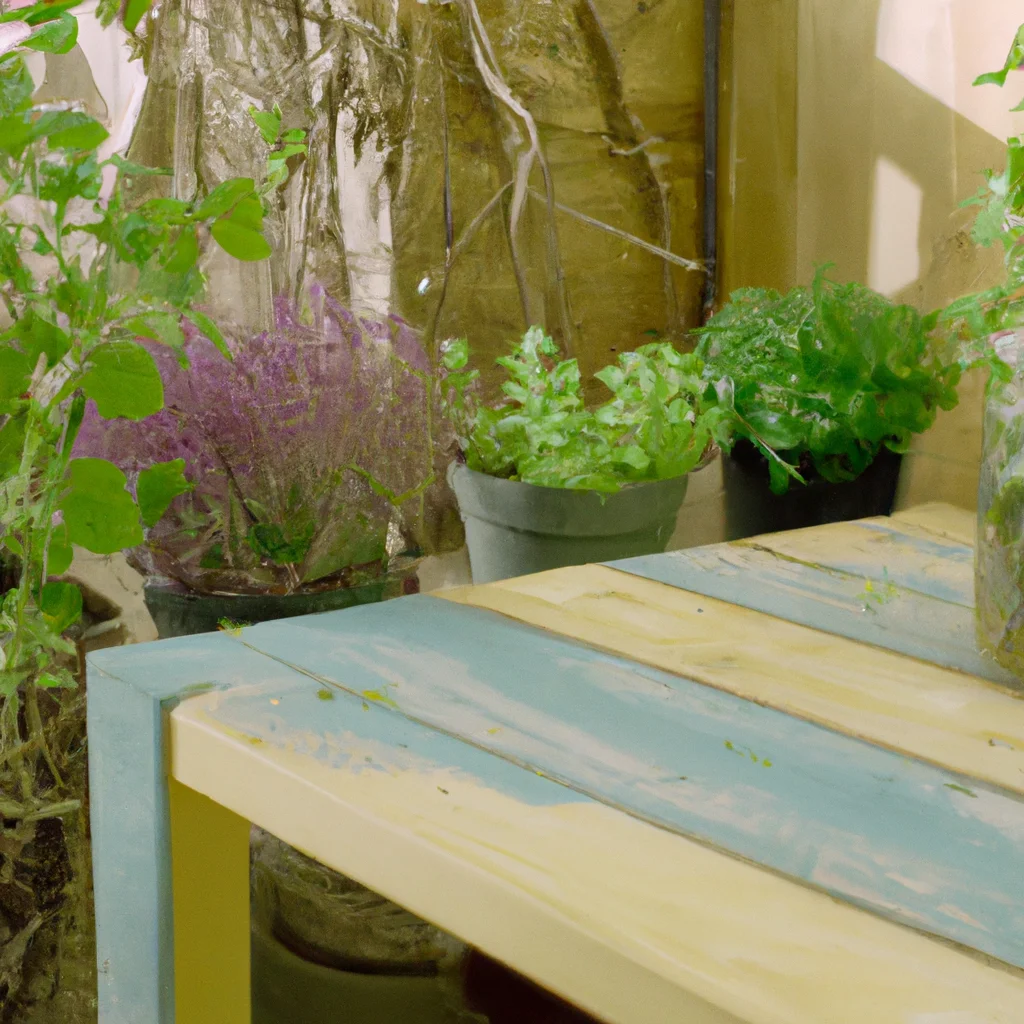How to start a herb garden?


How to start a herb garden?
Starting a Herb Garden: A Comprehensive Guide
Herbs are not only used in cooking but also in medicine, cosmetics, and aromatherapy. Starting an herb garden is a great way to have fresh herbs at your fingertips. With the right tools, knowledge, and care, you can have a flourishing herb garden in no time. Here’s how to start a herb garden:
1. Choose the Type of Herb Garden
There are two types of herb gardens: indoor and outdoor. An indoor herb garden is ideal for people who don’t have access to outdoor space or live in an apartment. Outdoor herb gardens are suitable for people who have a backyard or balcony. Choose the type of herb garden that best suits your needs.
2. Decide on the Herbs to Grow
There are many herbs to choose from, and it can be overwhelming for beginners. It’s important to choose herbs that are easy to grow and maintain. Some of the best herbs for beginners are:
– Basil
– Chives
– Mint
– Oregano
– Parsley
– Rosemary
– Sage
– Thyme
These herbs are also versatile and can be used in a variety of dishes.
3. Choose Herb Seeds or Plants
You can start your herb garden from seeds or plants. Herb seeds can be purchased online or at a local nursery. Plants can be purchased from a nursery or garden center. Plants are easier to care for than seeds, but seeds give you more control over the growing process.
4. Prepare the Soil
Herbs require well-draining soil. If you’re using outdoor space, prepare the soil by removing any weeds or rocks. Mix in compost or organic matter to enrich the soil. For an indoor herb garden, use a potting mix that is specifically designed for herbs.
5. Plant the Herbs
If you’re using seeds, follow the instructions on the packet for planting depth and spacing. If you’re using plants, remove them from their container and loosen the roots before planting. Place the plants in the soil, making sure they’re at the same depth as they were in their container. Water the plants thoroughly.
6. Provide Adequate Light
Herbs require adequate light to grow. Outdoor herbs need at least six hours of sunlight per day. Indoor herbs need at least four hours of sunlight per day. If you don’t have access to natural light, you can use grow lights.
7. Water the Herbs
Herbs need to be watered regularly. Outdoor herbs need to be watered when the top inch of soil is dry. Indoor herbs need to be watered when the top half-inch of soil is dry. Don’t overwater the herbs, as this can lead to root rot.
8. Harvest the Herbs
Herbs can be harvested when they’re mature. Use scissors to cut the stems just above a leaf node. This will encourage new growth. Don’t harvest more than one-third of the plant at a time.
Tips for Herb Gardening
– Choose herbs that are easy to grow and maintain.
– Use well-draining soil.
– Provide adequate light.
– Water the herbs regularly.
– Harvest the herbs when they’re mature.
– Use organic fertilizer to promote growth.
– Prune the herbs to encourage new growth.
– Keep an eye out for pests and diseases.
– Rotate the herbs to prevent soil-borne diseases.
In conclusion, starting a herb garden is easy and rewarding. Choose the type of herb garden that suits your needs, decide on the herbs to grow, prepare the soil, plant the herbs, provide adequate light and water, harvest the herbs, and follow the tips for herb gardening. With these steps, you’ll have a thriving herb garden in no time.
Recent Posts
How do I create an engaging and informative online quiz or assessment?
Creating an engaging and informative online quiz or assessment can be a powerful tool for… Read More
What are the most effective methods for managing and reducing work-related stress in the hospitality industry?
Work-related stress is a common issue in the hospitality industry, where employees often face long… Read More
How can I improve my assertiveness and communication skills in a leadership position?
In a leadership position, assertiveness and effective communication skills are crucial for success. Being able… Read More
What are the key elements of a successful employee recognition and rewards program?
Employee recognition and rewards programs play a crucial role in motivating and engaging employees, as… Read More
How do I effectively manage and respond to customer feedback and reviews?
Customer feedback and online reviews play a crucial role in shaping a company's reputation and… Read More
What are the best strategies for effective time management as a stay-at-home parent?
Effective time management is crucial for stay-at-home parents who juggle multiple responsibilities on a daily… Read More